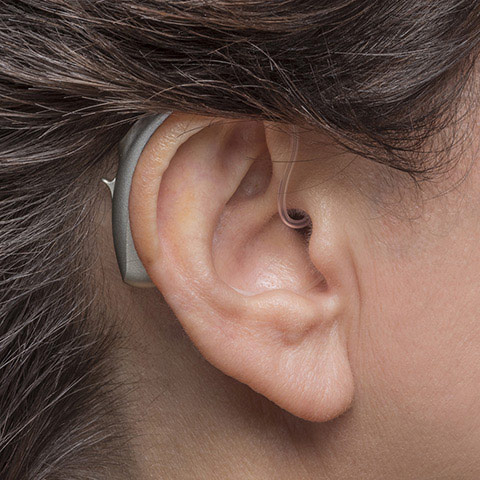Decreased Sound Tolerance (DST)
Subareas of DST: (1) Hyperacusis, (2) Misophonia and (3) Phonophibia.





Subareas of DST: (1) Hyperacusis, (2) Misophonia and (3) Phonophibia.
Hyperacusis is a condition wherein a patient reacts negatively to all louder sounds as a result of the sounds’ physical characteristics (i.e. intensity of the sound.) An example of this would be the sound of an ambulance siren being so bothersome or upsetting to a patient that they avoid leaving the house, or avoid going out without wearing ear protection, in order to avoid hearing the sound. Treatment includes desensitizing the patient to the bothersome sounds using sound generators, and educating the patient on relevant brain systems including the auditory cortex, limbic system and autonomic nervous system (ANS).
Misophonia involves a patient reacting negatively to specific sounds, and specific patterns and meaning. Examples of sounds that can elicit this negative reaction include breathing, chewing and tapping sounds. Reaction varies dependent on the patient’s psychological profile, and the context in which sound occurs. Treatment can involve the use of sound generators, counseling and education about relevant brain systems, and sound protocols that reinforce positive associations with sound to replace the negative reactions.
Phonophobia is the fear of a specific sound, accompanied by a feeling of extreme fear when that sound is heard.
Note: While Hyperacusis, Misophonia and Phonophobia are distinct issues, all three can manifest in the same patient simultaneously.
For more information, please visit http://www.tinnitus-pjj.com